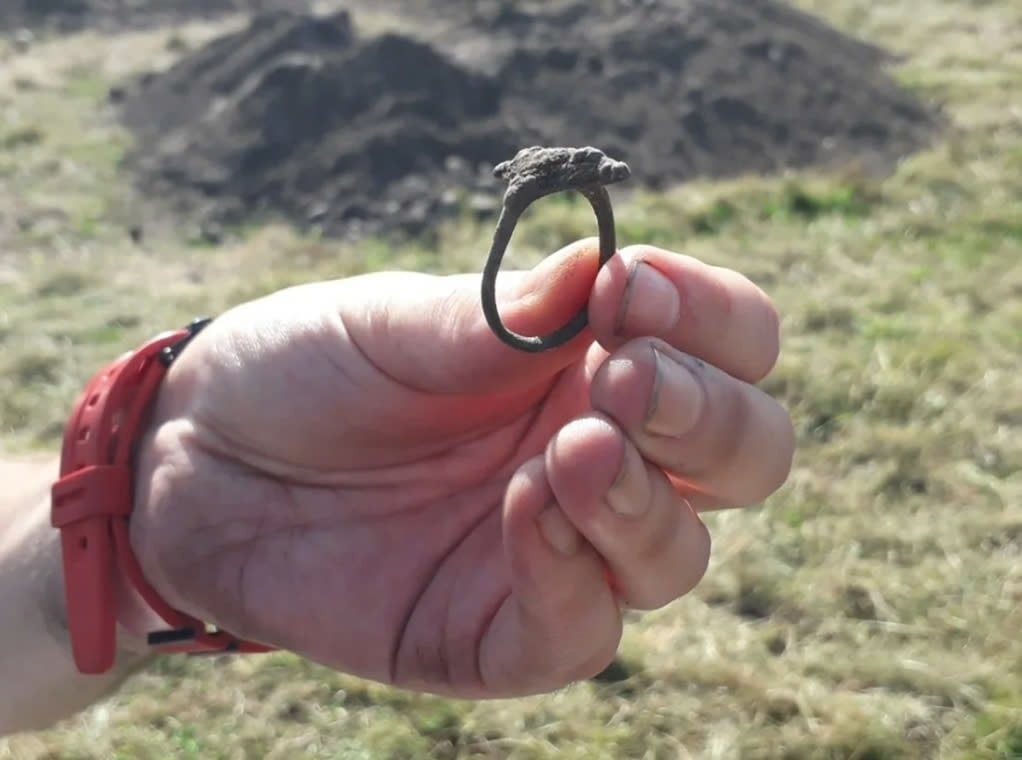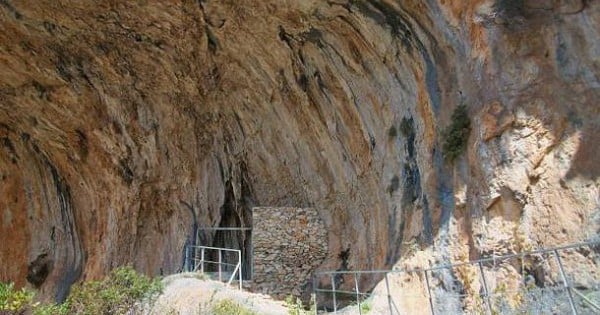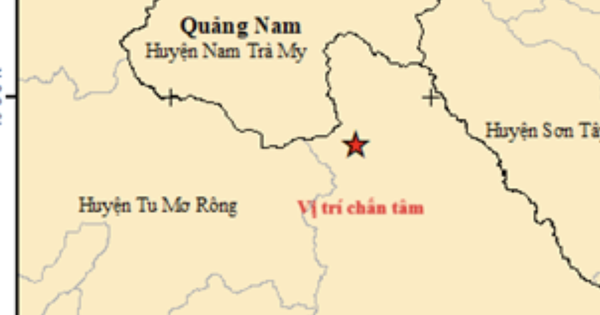According to the University of Aberdeen, the team leading the excavation, the “kite-shaped ring with a centre of garnet or a type of red glass” was discovered by a volunteer at a fort in Burghead, northeast Scotland.
John Ralph, a former engineer, volunteered for the Burghead excavation and was the one who discovered the ancient ring.

Scientists say the discovery of the kite-shaped ring has shed new light on Pictish life and society. Photo: University of Aberdeen
What Ralph found was “very special,” said archaeologist Professor Gordon Noble, who led the excavation. “We found it really exciting because even though it had been buried underground for over a thousand years, we could still see the garnet’s sparkle,” Noble said.
The ring has been identified as belonging to the Picts, an ancient people who lived in what is now eastern and northeastern Scotland. Little is known about them and “only limited and controversial sources survive to document their six-century existence,” according to the University of Aberdeen website. Any trace of the Picts disappears from records by the 9th century AD.
Noble explains that "very few Pictish rings have been discovered, and those that we know about are usually from hoards that were deliberately placed underground to preserve them in some way".
"We didn't expect to find it on the floor of a house that we thought was of little importance, so we excavated there last," Noble said. The ring is being analysed by the National Museums Scotland Post-Excavation Service.
Ha Trang (according to CNN)
Source: https://www.congluan.vn/phat-hien-chiec-nhan-co-1000-nam-tuoi-cua-bo-toc-bi-lang-quen-o-scotland-post310827.html


![[Photo] Ministry of Defense sees off relief forces to the airport to Myanmar for mission](https://vstatic.vietnam.vn/vietnam/resource/IMAGE/2025/3/30/245629fab9d644fd909ecd67f1749123)



![[Photo] Prime Minister Pham Minh Chinh chairs meeting to remove difficulties for projects](https://vstatic.vietnam.vn/vietnam/resource/IMAGE/2025/3/30/7d354a396d4e4699adc2ccc0d44fbd4f)























































































![[REVIEW OCOP] An Lanh Huong Vet Yen Cat](https://vstatic.vietnam.vn/vietnam/resource/IMAGE/2025/3/27/c25032328e9a47be9991d5be7c0cad8c)







Comment (0)